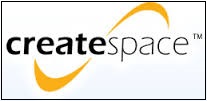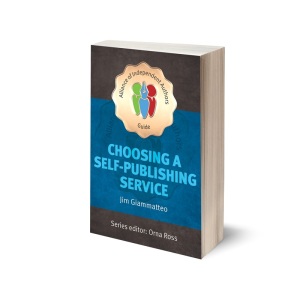On Tuesday evening courtesy of ALLI (The Alliance of Independent Authors) we had the pleasure of a talk from Andy Bromley from Ingram Spark.

When I first published The World Country in the World back in 2012 the only option for indie publishers was Amazon. Ingram, a family firm (then and now), existed as book distributors only, and their print arm Lightning Source was aimed largely at traditional publishers.
All that has now changed with the ‘Spark’ added specifically for independent authors.
The great advantage of Ingram Spark is that they have print outlets not just in the US but here in the UK (in Milton Keynes) and in Australia (Melbourne). This cuts down on both shipping costs and delivery time (although paradoxically ordering a book to be sent from the UK to Australia is, though quicker, more expensive if printed there – due presumably to GST). I’ve had my latest novel The Unlikely Adventures of Claudia Faraday printed by both Ingram Spark and Amazon Createspace and quality-wise there’s very little to choose between them except that the print on the IS version is very slightly clearer.

Ingram Spark is growing all the time and, much as we all love and hate Amazon it’s very good to see some competition. Submission is almost as easy as with Createspace, the only differences are:
- The submission costs on Ingram Spark are $US49 for ebook and print or for print only, and $US25 for ebook only (ALLI members get a discount), as opposed to free on Createspace.
- Amazon Createspace provides its own ISBN, for free, but this means your book will have Createspace printed on it, which tells everyone it’s self published. With Ingram Spark you provide your own ISBN (in the UK from Neilson, minimum of 10 costing £144), but you get to create and name your own publishing outfit so nobody can tell whether you are self- or traditionally published.
- International – ie outside the US – distribution is cheaper and easier through Ingram Spark.
Received wisdom, confirmed by Andy Bromley, recommends for print versions of your book to use BOTH Amazon Createspace AND Ingram Spark. If you submit your book to Createspace and DON’T click on Expanded Distribution then all sales outside the US will go through Ingram Spark, under your own publisher’s name.
Happy days!
And another thing for Australian writers: The Book Depository (owned by Amazon) is apparently about to open up in Australia, and offers free worldwide delivery. Since Australian Amazon handles ebooks only it’s good to see another online company providing competition for print retailers such as Booktopia.

Also on the heels of Amazon is Wordery, an online bookshop handling print books only and offering free worldwide delivery (and currently better deals on both my books!).
Patsy Trench
[email protected]


